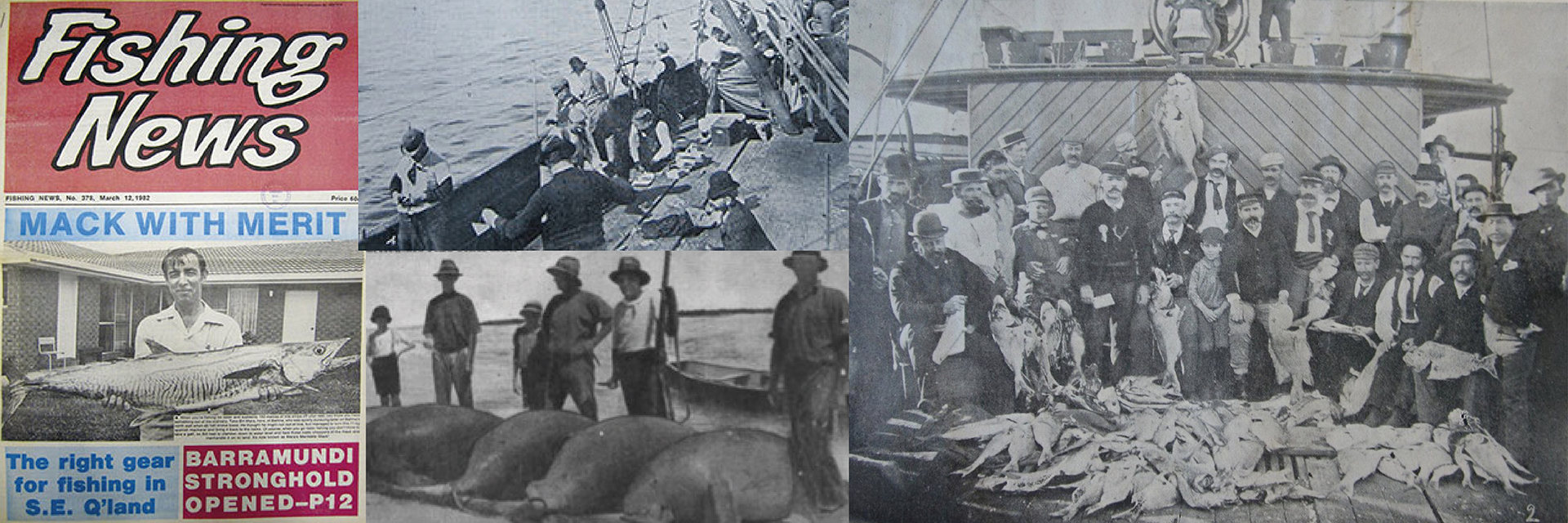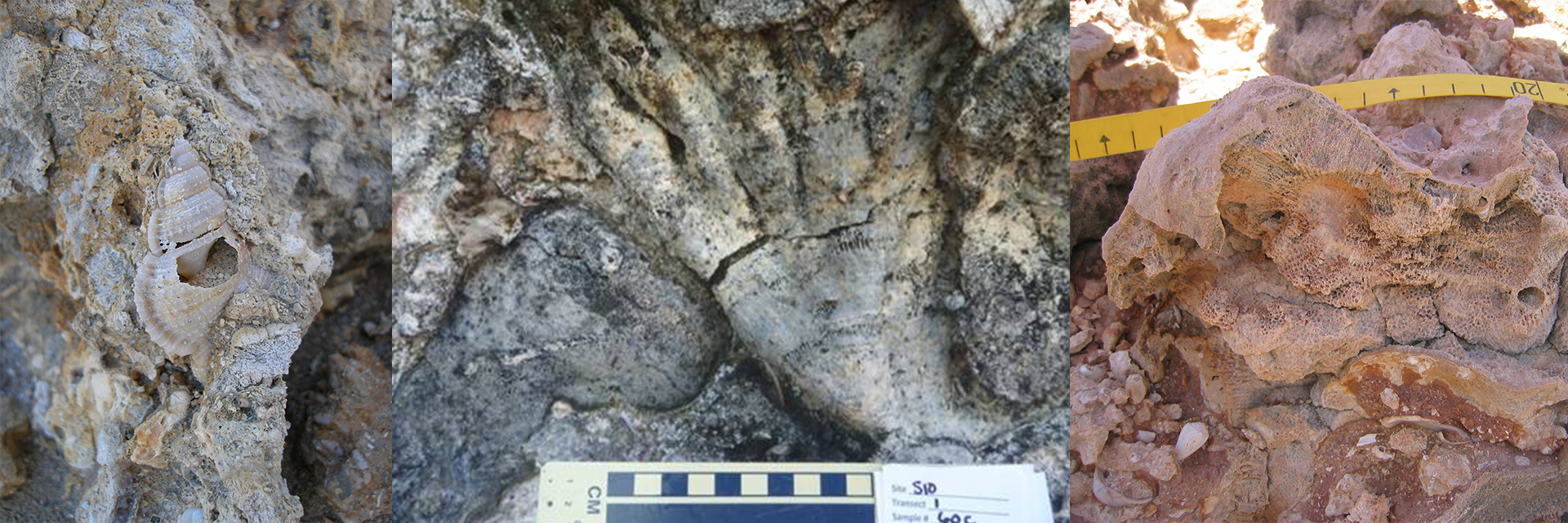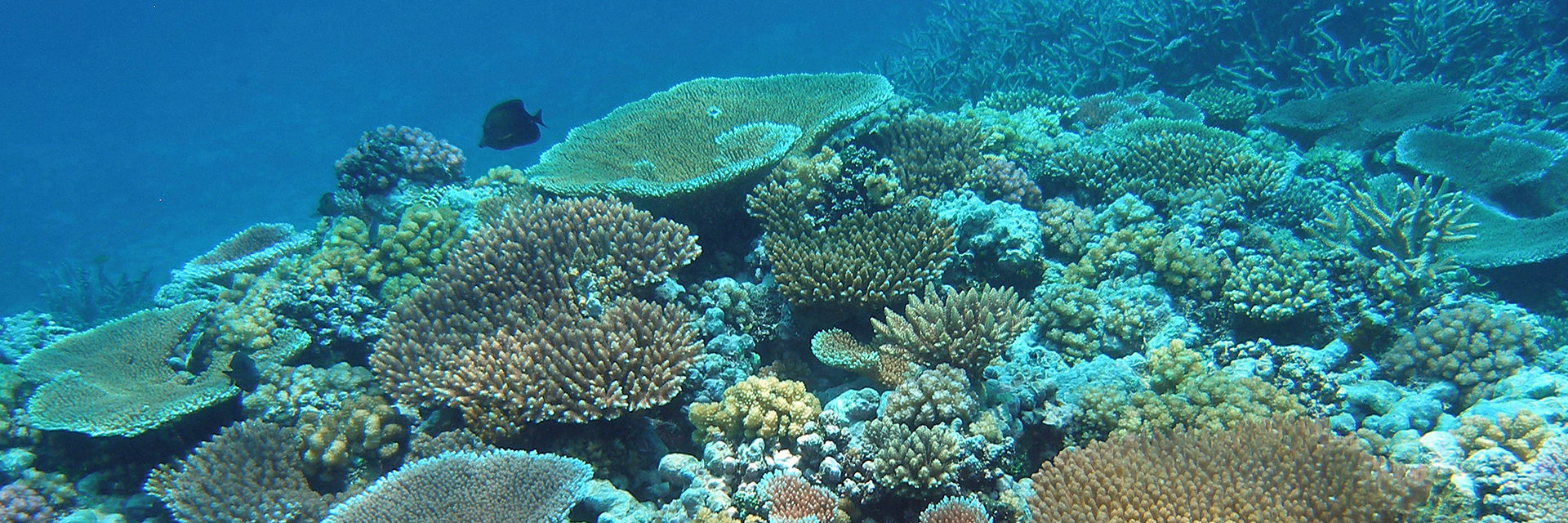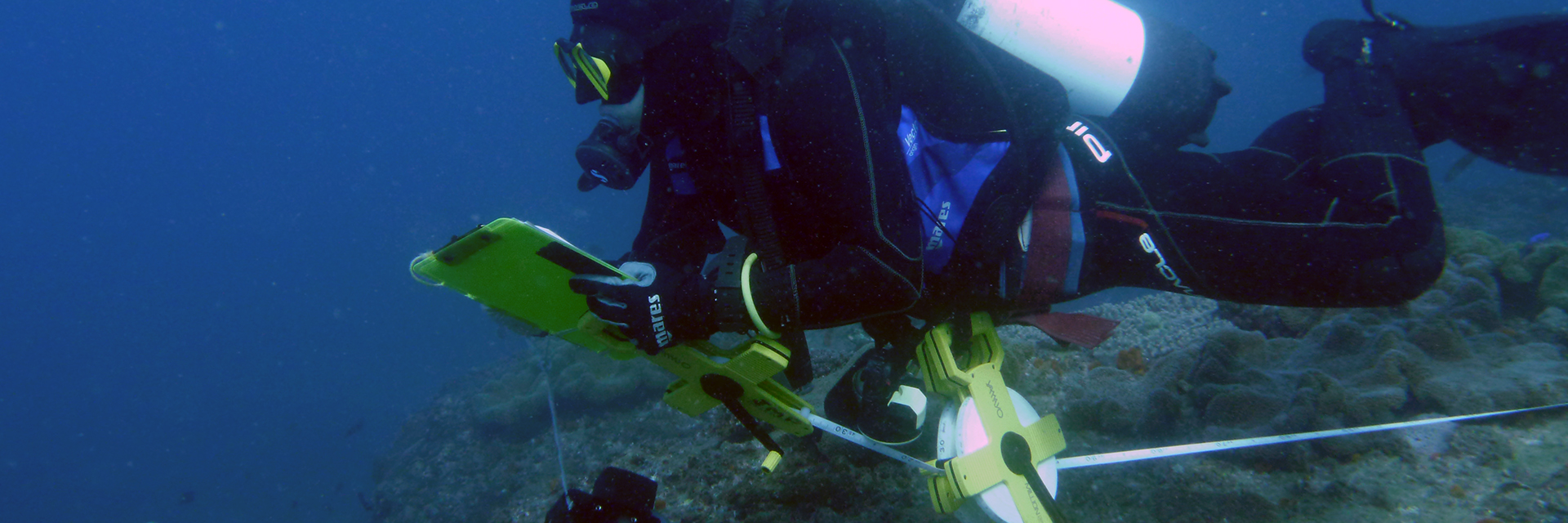gita.narayan@zmt-bremen.de
Benthic foraminifera as Holocene to Recent indicators in marginal marine environments: modern distribution and the palaeoecological response to environmental changes in Moreton Bay, southeastern Queensland, Australia
Estuarine embayments and coastal areas occurring adjacent to large, populated river catchments are presently threatened by multiple anthropogenic and natural environmental stressors, including: intense human activities, overharvesting, coastal land modification, sediment/nutrient and pollutant input, storms, flooding and freshwater plumes. This is further exacerbated by predicted relative sea level rise and global climatic changes. Effective marine resource management of environmental threats requires an understanding of the: (i) present conditions and the ecological response by organisms (ii) future forecasted scenarios; and (iii) long-term historical range in natural variability (HRNV), which conveys the magnitude of modern environmental degradation. To carry this out, a useful ecological indicator(s) is needed. Here, I focus on the (palaeo)ecology of benthic foraminiferal assemblages (Protista) to understand modern, decadal and millennial-scale changes, specifically the: (1) modern relationship between ecology and environment; (2) decadal changes in community structure over the last ~40 years in the lower river estuary and reef environment; and (3) response by benthic foraminifers to long-term, historical (millennial) changes in the subtropical, marginal reef environments of Moreton Bay, southeast Queensland, Australia. From the analysis of 47 surface sediment samples taken from habitats across the Bay, I identified 69 species, three distinct foraminiferal assemblages and six sub-assemblages. I found a positive relationship between foraminiferal assemblages and substrate conditions that resulted in a geographic gradient from: an urban-impacted assemblage in the westernmost part of the Bay, to a hyposaline, estuarine-influenced assemblage in the western Bay to a nearly normal marine to hypersaline assemblage in the eastern Bay. The Foraminifera in Reef Assessment and Monitoring (FORAM) Index of Hallock et al. (2003), which provides a quantitative measurement of reef “health”, was applied and demonstrated marginal conditions. The western Bay foraminiferal assemblages from the estuarine and marginal reef flats reflect high turbidity and variable nutrient conditions, whereas the assemblages from the eastern Bay, near-oceanic, tidal (seagrass-dominated) flats, reflect optimal conditions for zooxanthellate organisms (i.e. corals and large symbiont-bearing foraminifera). Currently, the Brisbane River catchment is experiencing rapid population growth, urbanisation, industrialisation and climate-induced impacts such as the recent major flooding events (i.e. 1974 and 2011). The availability of existing foraminifera samples collected during the 1970s by the Geological Survey of Queensland provide an excellent and rare opportunity to carry out quantitative comparisons between new (2007-08) and existing (1972) data, to assess changes between today and ~40 years ago. I compared community structure between the two time periods and across two different environments: the lower Brisbane River estuary and the adjacent lagoonal-reef flats of Waterloo Bay, in western Moreton Bay. Species diversity and bio-environmental indicators reflect a predominantly human-dominated influence in the lower Brisbane River estuary and reef environments. However, in comparison to the 1970s, recent temporal trends in the foraminiferal assemblages reveal incipient recovery, suggesting potential for remediation of an environment that has previously been influenced by severe anthropogenic modification. This study demonstrates the potential of benthic communities to at least partially recover from severe degradation in nearshore ecosystems. I also examined the spatial and temporal distribution patterns of foraminifera from Holocene sediment cores from three extant Moreton Bay marginal reef sites: Wellington Point, southwest Peel Island and Myora Reef. The foraminiferal assemblages from the three reefs are significantly different from one another, reflecting a W to E spatial gradation (improving eastwards) and a younger to older temporal gradation in water quality and palaeo-water depths. The approximate timing of assemblage shifts with decreasing palaeo-depths over time, generally corresponds with the timing of known faunal and sedimentary patterns associated with the following: regional sea level highstand and progradation of subtidal reefal facies; sea level fall and progradation of shallow-reefal facies; and lastly episodic reefal “turn-off” and progradation of land-derived facies. However, we find that the magnitude of sea level change exceeds known relative sea level change in the region (by a factor of ~1.5-2). The physiographic nature of Moreton Bay, which tends to amplify ecological changes, would have contributed to the higher magnitude of change seen in reefs, throughout the Holocene. Holocene studies also highlight the historical importance of larger benthic symbiont-bearing foraminiferal assemblages (Peneroplis spp. and Alveolinella quoyi/Heterostegina depressa spp.) as indicators of environmental change in Moreton Bay’s reefs. They can be used as a measure of improvement in water quality or as a signal for recovery of environments, particularly in the western Bay reefs. Lastly, this study demonstrates a clear response by benthic foraminiferal assemblages to changes in sea level throughout the Holocene. It suggests that Moreton Bay’s reefs have endured natural instability and gradual, progressive change over a time frame of ~7000 years. In contrast, more recent anthropogenically-driven changes affecting water quality, have resulted in dramatic shifts in the benthic ecological assemblages of Moreton Bay in a shorter time-frame of ~200 years.







